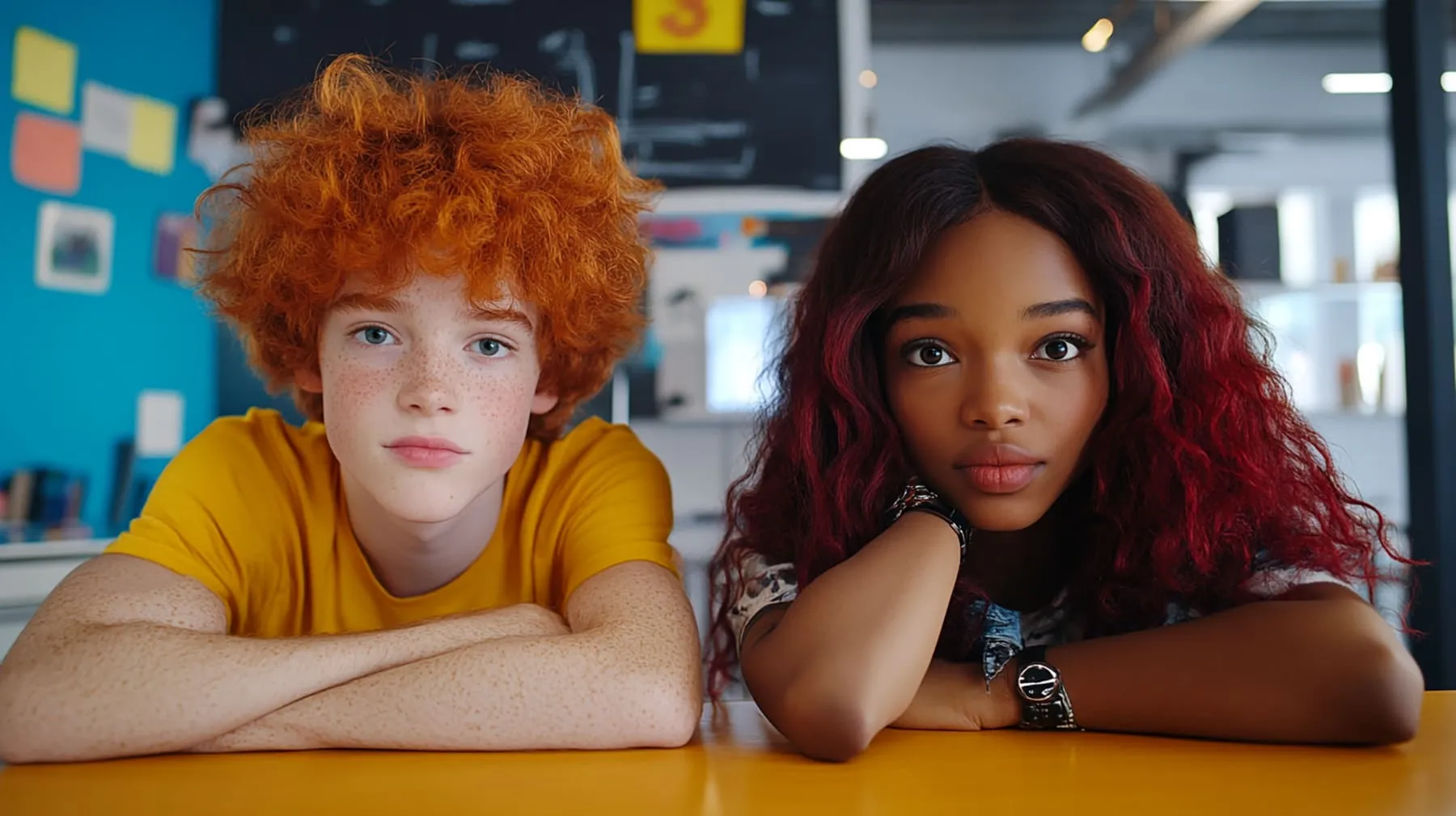The secret to TikTok’s success (And why rivals can’t compete)

A new generation, a new addiction
You open TikTok for a quick scroll. One video turns into five. Then twenty. Suddenly, it’s 1:30 AM, and you have no idea where the time went. This isn’t an accident. It results from one of the most potent engagement strategies ever created. TikTok doesn’t just entertain—it captures, learns, and keeps you hooked.
For Generation Z (1997–2012) and Generation Alpha (2013–present), TikTok isn’t just another app; it’s a digital extension of their reality. They don’t just watch videos—they exist within the platform, shaped by its trends, influencers, and the never-ending content stream. But what makes it so irresistible? And can its competitors—like BeReal or Lemon8—truly challenge its dominance? Let’s dive into the world of TikTok and the future of social media.
The strategy behind TikTok’s dominance
TikTok has fundamentally changed how we consume content, unlike Instagram, Snapchat, or even YouTube. The magic isn’t just in its short videos—it’s in how those videos are delivered. TikTok’s algorithm isn’t just good—it’s eerily good. It knows you better than you know yourself.
The power of the algorithm
TikTok doesn’t rely on who you follow but on what makes you stop, rewatch, and interact. The moment you hesitate on a video, the algorithm takes note. It calculates not just what you like but how long you engage, what you scroll past, and even what type of music makes you linger. This creates a hyper-personalized experience where every video feels like it was made just for you (Metricool, 2023).
This level of precision is why TikTok keeps users on the app for an average of 95 minutes per day (Statista, 2023). Compare that to Instagram’s 30 minutes or Snapchat’s 22 minutes, and the difference is clear—TikTok isn’t just a pastime; it’s an attention trap.
FOMO and the addiction factor
The fear of missing out (FOMO) plays a huge role in TikTok’s success. Trends move fast—what’s viral today might be forgotten tomorrow. This creates an urgency to stay updated, ensuring users return multiple times daily. Unlike traditional social media, where content lives for hours or days, TikTok’s trends burn bright and fast, making every moment feel like it could be your last chance to be part of something big (Forbes, 2020).
The viral dream
On Instagram, gaining a following takes time. On TikTok, anyone can go viral overnight. The app’s structure allows even unknown users to reach millions with just one video. This illusion of instant fame keeps creators coming back, hoping their next post will be the one that explodes. For Gen Z, who value self-expression and recognition, TikTok offers endless opportunities to be seen (Statista, 2021).
The rise of new platforms: can they compete?
As TikTok continues to dominate, other platforms have tried to break its hold on Gen Z’s attention. Some have gained traction, but none have replicated its addictive formula.
BeReal: authenticity or just a trend?
BeReal launched with a simple idea: no filters, no curation—just one spontaneous photo per day. It was supposed to be the anti-TikTok, an escape from social media’s polished nature.
For a while, it worked. Tired of Instagram’s pressure for perfection, young users flocked to BeReal for its authenticity. But the novelty faded fast. Without the dopamine rush of endless scrolling, engagement dropped. BeReal lacked what TikTok thrives on: addiction and discovery (El País, 2024). It was real—but it wasn’t exciting.
Yubo: the next-gen social network?
Yubo, often called “Tinder for Teens,” focuses on live interaction rather than passive content consumption. Users join live video chats and make new friends instead of just scrolling.
While it taps into Gen Z’s desire for connection, it struggles to scale like TikTok. Video chats demand real-time engagement, while TikTok’s endless content stream lets users dip in and out whenever they like. Yubo is interesting, but it doesn’t offer the same instant gratification (Wikipedia, 2023).
Lemon8: TikTok’s own competitor?
ByteDance, TikTok’s parent company, launched Lemon8, a blend of Pinterest and Instagram focused on aesthetic lifestyle content. While it has the resources to grow, it lacks one crucial element: differentiation.
In a world where TikTok already dominates short videos, and Instagram handles curated photos, Lemon8 doesn’t fill a real gap. It’s visually appealing but lacks TikTok’s addictive quality (Statista, 2023).
The dark side: data protection and privacy concerns
TikTok’s dominance isn’t without controversy. Governments worldwide have raised concerns about how the app handles user data.
TikTok has over 150 million active users in Europe, and data protection laws like the GDPR have forced it to be more transparent. However, concerns persist over how ByteDance, a Chinese company, processes this data. The fear is that personal data could be accessed by the Chinese government, leading to bans or restrictions in multiple countries (Social Media Today, 2023).
Can TikTok ever be dethroned?
To beat TikTok, a new platform would need to be even more addictive, more personalized, and more engaging. So far, no competitor has cracked this code. TikTok isn’t just a social media platform—it’s a cultural force. Until something truly revolutionary comes along, it’s here to stay.
Frequently asked questions (FAQ)
Are you concerned about how much time your child spends on TikTok?
You’re not alone. Navigating TikTok culture can feel overwhelming, but understanding it is key to guiding your child through the digital world. Check out this article, “How Generation Z Parents Can Understand TikTok Culture,” and explore how to bridge the gap together.
You may also like these articles
Explore our collection of articles decoding youth culture, Gen Z, and Gen Alpha.






